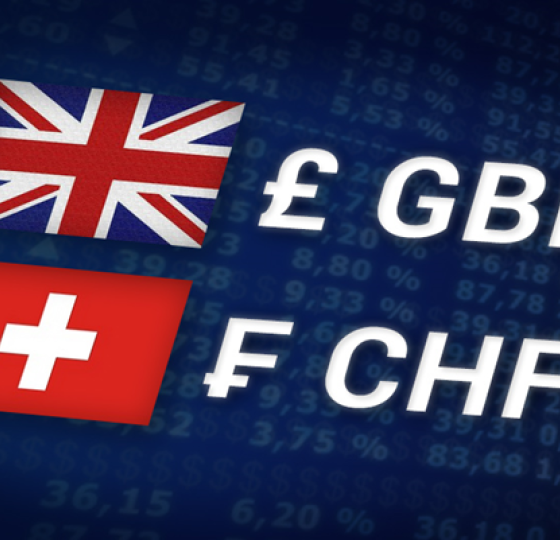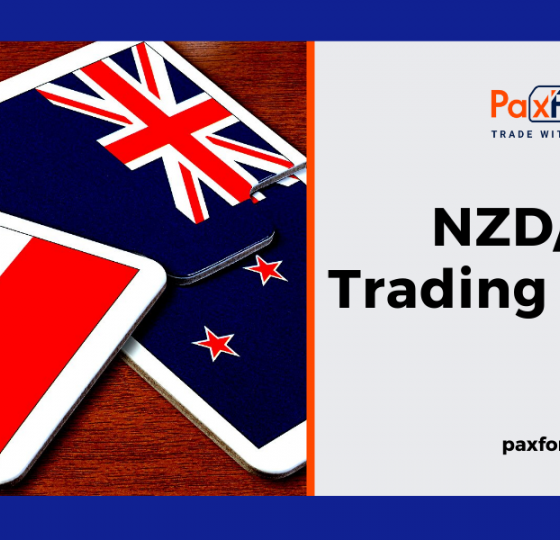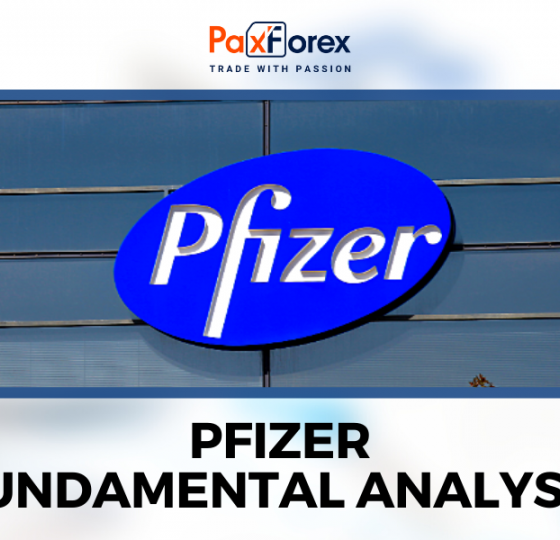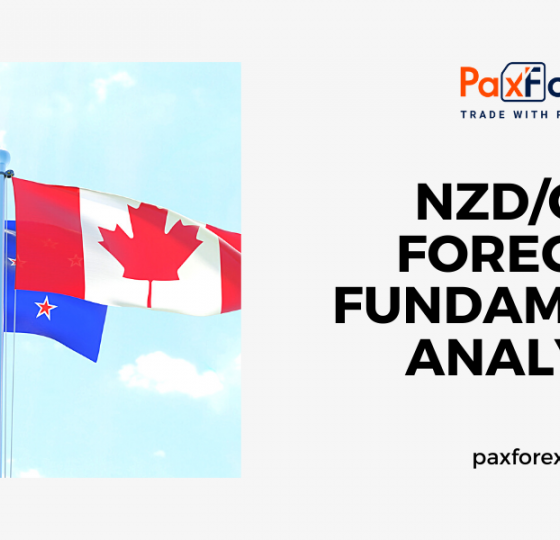Source: PaxForex Premium Analytics Portal, Fundamental Insight
Oracle was once viewed as a slow-growth tech stock, primarily appealing to investors seeking stable returns rather than aggressive gains. Known as one of the largest database software providers globally, the company faced a cooling market and was slow to transition to cloud services, lagging behind competitors like Microsoft and Amazon. Oracle allocated significant cash to stock buybacks, which boosted its earnings per share (EPS) but signaled potential limitations in business expansion.
However, over the past five years, Oracle's stock value has tripled, outperforming the S&P 500's nearly 90% gain. Investor confidence surged as the company expanded its cloud services, reduced reliance on its on-premise software, and resumed consistent revenue growth. With a market capitalization of $450 billion, Oracle remains smaller than Microsoft’s $3.2 trillion valuation, but could it close the gap by 2030?
From fiscal 2020 to fiscal 2024, which concluded in May, Oracle’s revenue grew at a compound annual growth rate (CAGR) of 8%, while EPS increased at a CAGR of 5%. A notable boost in EPS came from a one-time tax benefit in fiscal 2021, followed by a decline when that benefit lapsed in fiscal 2022. In fiscal 2023, Oracle’s revenue received a significant lift from its $28 billion acquisition of healthcare IT services giant Cerner, completed in June 2022. Additionally, Oracle repurchased 16% of its shares over the last five years.
Oracle's long-term growth strategy focuses on expanding its higher-growth cloud software and infrastructure segments to reduce reliance on slower-growing on-premise solutions. Key growth drivers include its Netsuite and Fusion enterprise resource planning services, as well as the Oracle Cloud Infrastructure platform. Oracle is also increasingly integrating Cerner’s cloud services into its ecosystem.
As of the first quarter of fiscal 2025, Oracle generated 42% of its revenue from its cloud-based software-as-a-service (SaaS) and infrastructure-as-a-service (IaaS) segments. This combined segment grew 22% year-over-year, slightly down from the 23% growth in the fourth quarter of fiscal 2024.
Looking ahead, Oracle projects double-digit revenue growth for the full year, driven by an expected acceleration in cloud infrastructure revenue. This growth will be powered by its Gen 2 Cloud Infrastructure platform, which is designed to meet the rising demand for advanced AI services.
Between fiscal 2024 and fiscal 2027, analysts project Oracle's revenue to grow at a CAGR of 12%, with EPS expected to rise at a CAGR of 22%. Despite these robust growth rates, Oracle's stock trades at 30 times next year's earnings, making it less of a bargain.
If Oracle can maintain this valuation, meet Wall Street's expectations, and achieve an EPS CAGR of 20% between fiscal 2027 and 2031, its stock price could rise over 160%, potentially reaching around $420 by the end of the decade. This would push Oracle's market capitalization to approximately $1.2 trillion - still far below Microsoft's current valuation.
Microsoft, meanwhile, continues to grow its Azure cloud infrastructure, expand other cloud services, and integrate OpenAI’s generative AI tools into its ecosystem. The company is also enhancing its Xbox gaming platform through cloud services and major acquisitions.
From fiscal 2024 to fiscal 2027, analysts expect Microsoft’s revenue and EPS to grow at CAGRs of 14% and 15%, respectively. Microsoft’s stock, trading at 32 times next year's earnings, isn’t cheap either. If the company meets forecasts and maintains this valuation, its market cap could swell nearly 140%, reaching $7.6 trillion by 2030.
Given these projections, Oracle is unlikely to match Microsoft’s market cap unless regulatory actions break up the tech giant. Rather than comparing Oracle to Microsoft or other cloud titans, investors should focus on Oracle's resilience and its ability to continue outperforming the market through steady, long-term growth.
As long as the price is above 155.00, follow the recommendations below:
- Time frame: D1
- Recommendation: long position
- Entry point: 167.32
- Take Profit 1: 175.00
- Take Profit 2: 185.00
Alternative scenario:
If the level of 155.00 is broken-down, follow the recommendations below:
- Time frame: D1
- Recommendation: short position
- Entry point: 155.00
- Take Profit 1: 150.00
- Take Profit 2: 145.00













